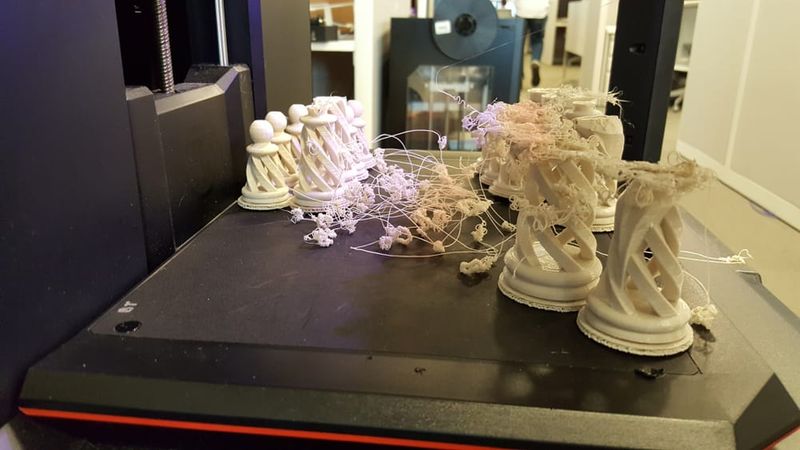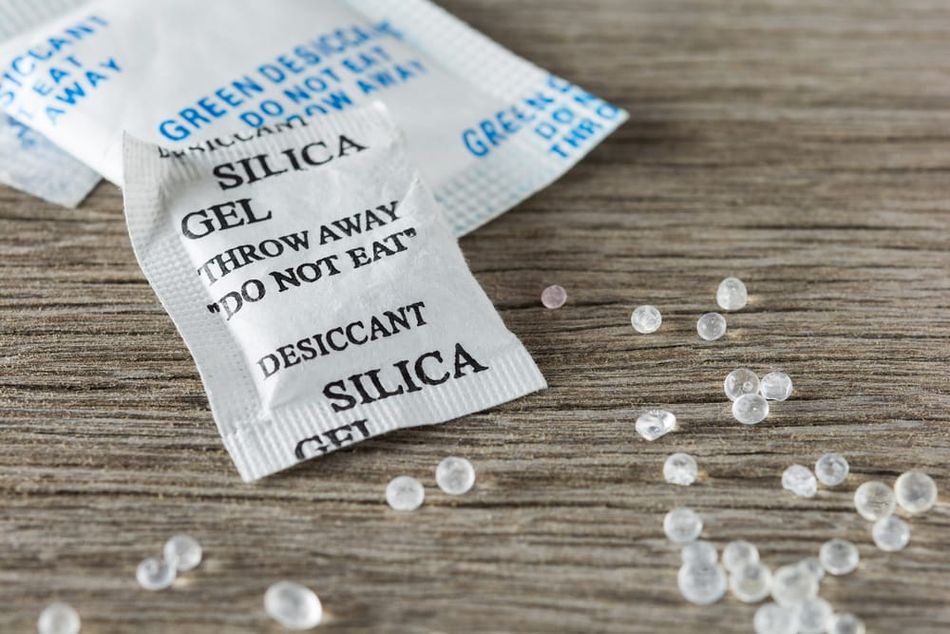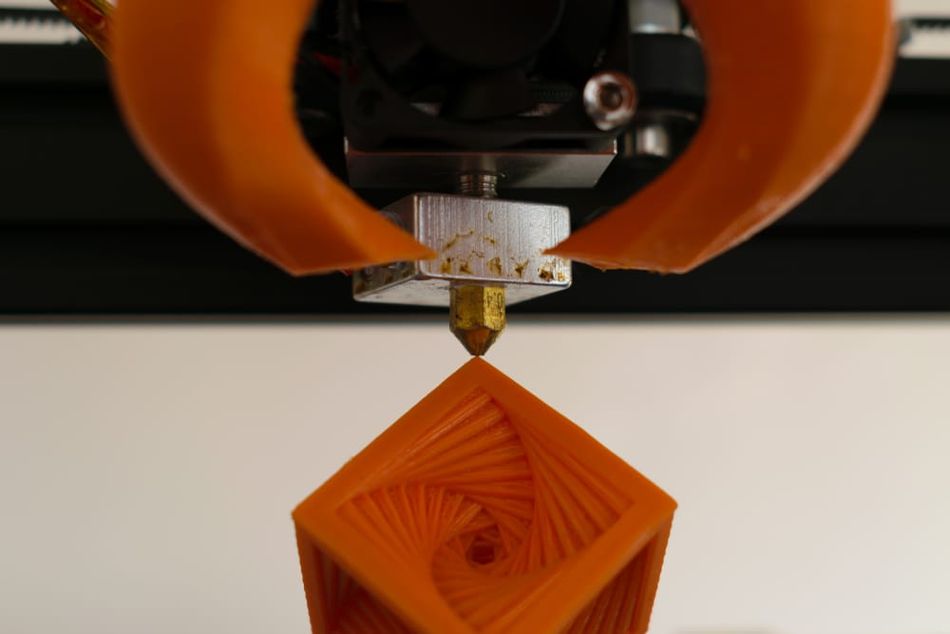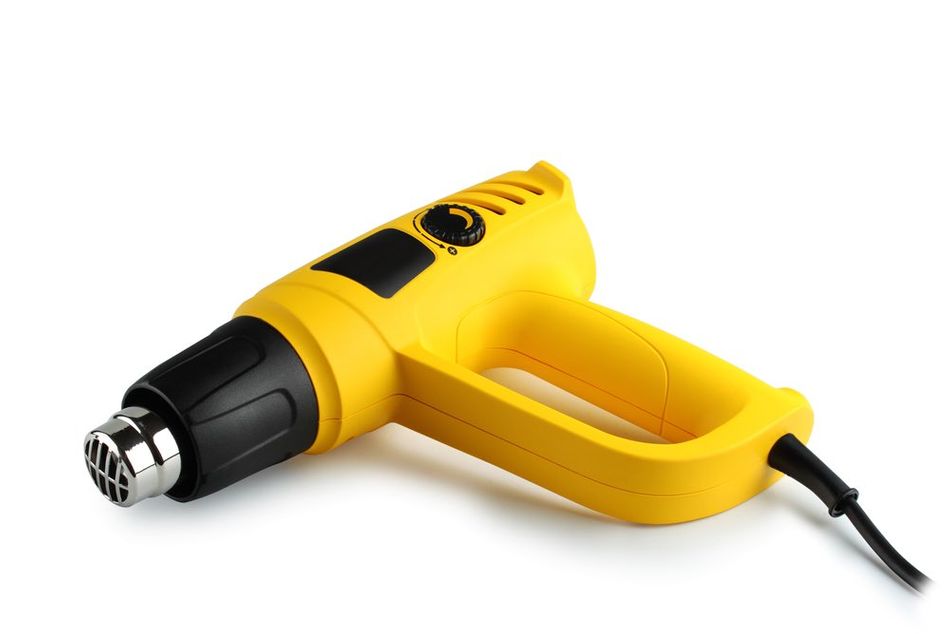3D Printer Stringing: How To Fix It
Prints covered in plastic cobwebs? Like many FDM users, you’re probably the victim of 3D printer stringing. Fortunately, stringing can be prevented via printer maintenance and adjustment of slicer settings.

3D printer stringing is a common problem in FDM printing
During FDM 3D printing, the printer extrudes filament and deposits molten material in a sequence of shapes. The printhead is always either depositing material — to lay down a section of the print — or holding back material in order to move from one area to another.
In practice, however, the printhead isn’t always capable of holding back material. Because the nozzle of a printer contains an open aperture — it doesn’t “close up” in between extrusions — it is susceptible to an issue known as oozing. This is when small amounts of material accidentally leak out from the nozzle and onto the build area, negatively affecting print quality.
Oozing can then lead to a related issue known as 3D printer stringing. 3D printer stringing occurs when an oozing printhead has to make lots of travel movements, skipping from one area of the build to another. When the oozing printhead travels a lot, the oozed material forms itself into many fine strands, creating what looks like cobwebs or whiskers over the surface of the printed parts. High-temperature materials like PETG are especially susceptible to 3D printer stringing, but different filaments like PLA and ABS can also experience it.
This article looks at the most effective ways to stop 3D printer stringing. It covers simple preventative maintenance steps, as well as the best slicer settings.
Material Considerations for Preventing Stringing
Filament Selection
Different 3D printing materials have varying properties that can influence their propensity for 3D printer stringing. The quality of the filament can also impact stringing, with low-quality filaments potentially contributing to the issue due to inconsistent diameters, impurities, or poor adhesion properties.
When choosing a filament, consider its properties and how they may affect stringing. For example, materials like PETG and TPU are more prone to stringing due to their higher viscosity and flexibility compared to PLA or ABS.
Filament Drying
One way to prevent 3D printer stringing is to ensure the printing material is in good condition. Filament that has absorbed too much moisture can cause numerous problems, including under-extrusion, blobs, nozzle jams, weak parts, and stringing.[1]
Wet filament can cause stringing because the extra moisture absorbed by the material ends up evaporating within the printer nozzle, causing a buildup of pressure that forces out the molten plastic in unwanted places.
To prevent this issue, filament should be stored in a sealed container with a desiccant. It can also be dried out with a dedicated filament dryer, a food dehydrator, or an oven.
Recommended reading: How to dry filament

Slicer Settings to Reduce Stringing
Retraction Settings
Printer maintenance is one way of troubleshooting 3D printer stringing, but another common problem that leads to stringing is incorrect slicer settings. These settings can be easily adjusted in slicing software like Cura or Simplify3D.
Adjusting retraction settings is one way to fix stringing during the FDM printing process.[2] Retraction is when the nozzle pulls back a small amount of filament before it travels (moves to another part of the build area without actively depositing material). By pulling the filament deeper inside the nozzle, the melted plastic is less likely to seep out. A common test print known as a stringing tower is one way to test out the effect of retraction settings.
To prevent stringing, try adjusting the following retraction settings:
Retraction distance: In increments of 1 mm, increase the amount of filament retracted into the nozzle
Retraction speed: In increment of 5 mm/s, increase the speed at which the nozzle retracts the filament
Minimum travel distance: In increments of 1 mm, decrease the minimum travel distance required to enable retraction
Vertical lift: This retraction setting, called "Z-Hop" in Cura slicer, instructs the printhead to move vertically during travel to avoid dragging along the surface of the part. Disabling this setting can reduce stringing.

Print Temperature
Runny filament is more likely to ooze out of the 3D printer nozzle than viscous filament, so using a lower temperature in the hotend (and melting the filament slightly less) is one way to tackle 3D printer stringing.[3]
Of course, using a low temperature can lead to problems of its own, particularly under-extrusion, so it is important to attain a balance between good material flow and prevention of stringing. Try reducing the print temperature in increments of 5 °C in order to find the right temperature.
Temperature Towers
Using a temperature tower — a 3D printable model designed to be printed at increasing or decreasing temperatures along the Z-axis in order to indicate the ideal printing temperature — is a practical method for reducing 3D print stringing.
While you can design your own tower, there are plenty of downloadable models available for download that come with g-code for instructing the printer to gradually adjust the printing temperature while it prints.
After the print is finished, carefully examine the temperature tower. Each section represents the filament's behavior at different temperatures, showcasing various levels of stringing and print quality. During your examination, identify the segment of the temperature tower where stringing is minimal and print quality is optimal. Adjust your 3D printer's nozzle temperature to match this value.
Recommended reading: PETG temperature considerations: Nozzle temperature, heated bed & cooling
Print Speed
Adjusting printer speed settings is another way to prevent 3D printer stringing. The two key parameters here are print speed, which determines the speed at which the printhead moves while it deposits material, and travel speed, the speed at which the printhead moves over empty space while it is not depositing any material.
Print speed does not have a huge impact on stringing. However, it is a parameter closely tied to print temperature: higher print speeds require higher temperatures in order to melt the material quickly enough. Since you may have already reduced your print temperature to prevent stringing, your maximum print speed may be reduced.
A more relevant speed setting is travel speed. Slow travel speeds can cause stringing, because a slow-moving printhead has more time to dangle an oozing nozzle over the parts below. By increasing travel speed, the nozzle has less time moving through open space and fewer opportunities to drip excess material onto the printed parts.
Wipe Distance
To minimize stringing in 3D prints, adjusting the wipe distance is another option. In Cura, you can modify this through the Outer Wall Wipe Distance parameter.
Typically used to conceal seams, the wipe distance setting also aids in reducing stringing. Wipe distance signifies how far the nozzle moves at a layer's end without extruding material. By setting it to 0.4 mm or higher, excess material is wiped off the wall, preventing oozing and stringing.
Combing
Combing mode can help reduce stringing in 3D prints. This setting, available in some slicers, alters the path of the print head during non-printing moves to minimize the need for retractions. Instead of retracting the filament and moving directly between two points, the print head follows the contours of the printed object, avoiding crossing over empty spaces where possible.
By keeping the print head within the boundaries of the printed object, combing mode reduces the likelihood of oozing and stringing during non-printing moves. To enable and configure combing mode, consult your slicer software's documentation or settings menu. Some slicers offer different combing modes, such as "All," "No Skin," or "Within Infill," which provide varying levels of combing based on the specific needs of your print.
Other Ways to Reduce Stringing
Nozzle Maintenance
Another common cause of 3D printer stringing is a clogged nozzle. Material passing through the FDM printer nozzle can occasionally get stuck or leave residue, and this residue must be regularly removed to ensure smooth operation of the hotend.
There are several ways to unclog a nozzle. Suitable tools include a brass wire brush, a needle, a heat gun, or a dedicated cleaning filament. ABS residue can also be removed by immersing the nozzle in acetone.
Post-Processing

Post-processing techniques such as sanding, polishing, and chemical smoothing can be used to remove the plastic residue left by stringing.
Manual Stringing Removal
The plastic residue stuck on the surface of a print can often be removed manually with a knife or pliers. Small bits of material that cannot be removed in this way can be removed later with a more precise method.
Sanding
Using sandpaper is another way to remove stringing residue, especially small protrusions that cannot easily be removed using a knife or pliers. Apply polish after sanding to achieve a smooth finish.
Hairdryer
Using a heat gun or a simple hairdryer is a fast and simple way to remove thin webs of plastic residue. Often, the heat will cause the strings to ball up, allowing them to be easily removed.
Recommended reading: 3D print post-processing steps: supports, sanding, smoothing, more
Key Takeaways
Like many common 3D printer problems, stringing can be prevented with a combination of proper 3D printer maintenance and fine-tuning of slicer settings.
If you are struggling to identify the root cause of your 3D printer stringing, it is probably worth carrying out the physical maintenance — correctly storing filament and regularly cleaning the printer nozzle — before adjusting any slicer settings. Even if moist filament or a clogged nozzle is not the root cause of the stringing, carrying out these basic preventative measures is a good way to maintain print quality over future prints. Additionally, a slicer’s default settings are precisely optimized for individual print materials and typically do not require radical alteration in order to deliver good results.
That being said, adjustment of print parameters within the slicing software gives total control over the print process and in many cases is necessary to fix stringing. In particular, retraction and temperature settings are often the key to unlocking successful prints without oozing or stringing issues.
Finally, it is important to remember that stringing and other surface defects are not always critical and can often be mitigated via post-processing techniques like sanding.
Frequently Asked Questions
What is 3D printer stringing?
3D printer stringing is a common issue that occurs when thin strands of filament are left behind between different parts of a printed object, creating an unwanted web-like appearance.
How can I prevent stringing in my 3D prints?
Preventing stringing involves adjusting print settings such as retraction, temperature, and print speed, as well as using high-quality filament, maintaining your printer, and storing filament properly.
What is the role of retraction in preventing stringing?
Retraction is the process of pulling the filament back slightly during non-printing moves to prevent oozing, which can cause stringing. Adjusting retraction settings can help reduce or eliminate stringing.
How does printing temperature affect stringing?
High printing temperatures can cause the filament to become more fluid, increasing the likelihood of oozing and stringing. Optimizing the printing temperature for your specific filament material can help reduce stringing.
References
[1] Kwon S, Lee S, Kim Y, Oh Y, Lee S, Kim J, Kwon J. A Filament supply system capable of remote monitoring and automatic humidity control for 3D printer. Journal of Sensors. 2020 Jun 24;2020.
[2] How to fix stringing [Internet]. Ultimaker Support. [cited 2022 Apr 25].
[3] Paraskevoudis K, Karayannis P, Koumoulos EP. Real-time 3D printing remote defect detection (stringing) with computer vision and artificial intelligence. Processes. 2020 Nov;8(11):1464.
Table of Contents
Material Considerations for Preventing StringingFilament SelectionFilament DryingSlicer Settings to Reduce StringingRetraction SettingsPrint TemperaturePrint SpeedWipe DistanceCombingOther Ways to Reduce StringingNozzle MaintenancePost-ProcessingKey TakeawaysFrequently Asked QuestionsReferences